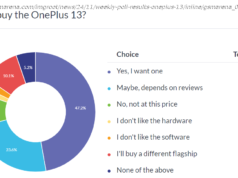I was sitting in solitude earlier this summer in an Adirondack chair in my backyard, when I realized I wasn’t as alone as I’d thought.
I was sitting in solitude earlier this summer in an Adirondack chair in my backyard, when I realized I wasn’t as alone as I’d thought.
Thanks to the app I’d just downloaded on my phone—the popular and free Merlin Bird ID—I learned just from listening that I was surrounded by more than a dozen species of birds. Where before I had simply heard birdsong, I now realized how rich the variety was in that single moment.
I ran Merlin’s «Sound ID» feature for half an hour. At first, the usual suspects for my neighborhood outside of Boston popped up: robins and blue jays, ubiquitous throughout the Eastern U.S. and easily recognizable. Then other birds, like the northern cardinal and the goldfinch.
As the minutes passed, more birds joined the list. Chimney swift, northern flicker, fish crow, killdeer, Baltimore oriole and gray catbird among them. One bird had a red dot next to its name; it was a veery, a warm-colored thrush, and the dot meant it was a rare sighting. Then a great horned owl appeared on my screen, again with a red dot.
Who knew all these birds could be in one yard?
As the annual fall migration begins across the Northern Hemisphere, apps like Merlin, which is put out by the Cornell Lab of Ornithology, have caught on among birders and non-birders alike by revealing just how crowded with species our surroundings are.
It has turned a neophyte like me into an obsessive about birds and the world they’ve opened in my life.
Birding’s popularity soared during the pandemic, when people were eager to get outside and the outdoors became, briefly, a quieter place in which to hear birdsong and other sounds of nature.






